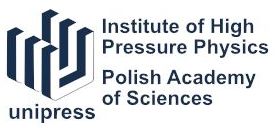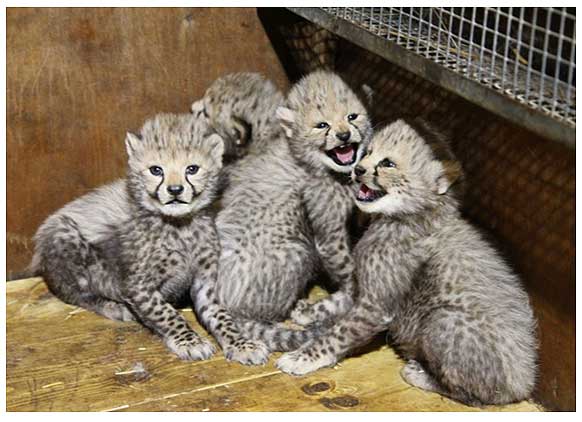LABNANO RESEARCH ON SYNTHESIS AND APPLICATIONS OF NANOPARTICLES
 The present research focusses on ideas developed in the years 2005- 2009, during interactions supported by the European COST action D32, “Chemistry in High Energy Microenvironments”. COST – European Cooperation in Science and Technology supports interdisciplinary networking. Action D32 explored application of microwaves, high pressures and ultrasounds in synthesis of nanoparticles: https://www.cost.eu/publication/chemistry-in-high-energy-microenvironments/.
The present research focusses on ideas developed in the years 2005- 2009, during interactions supported by the European COST action D32, “Chemistry in High Energy Microenvironments”. COST – European Cooperation in Science and Technology supports interdisciplinary networking. Action D32 explored application of microwaves, high pressures and ultrasounds in synthesis of nanoparticles: https://www.cost.eu/publication/chemistry-in-high-energy-microenvironments/.

 On April 22, 2020, in the Municipal Zoological Garden in Warsaw, 4 kittens of Wilma and Fred's cheetahs were born. After a few months, it turned out that one of the kittens, and then the another is limping and shows some difficulties in movement. Doctors after routine X-ray examination found that kittens suffer from complicated bone fractures of the paws.
On April 22, 2020, in the Municipal Zoological Garden in Warsaw, 4 kittens of Wilma and Fred's cheetahs were born. After a few months, it turned out that one of the kittens, and then the another is limping and shows some difficulties in movement. Doctors after routine X-ray examination found that kittens suffer from complicated bone fractures of the paws. Biodegradable barrier membrane -
Biodegradable barrier membrane -